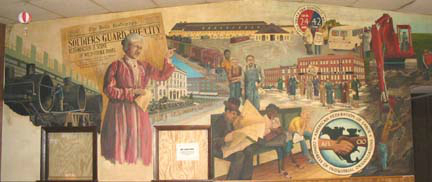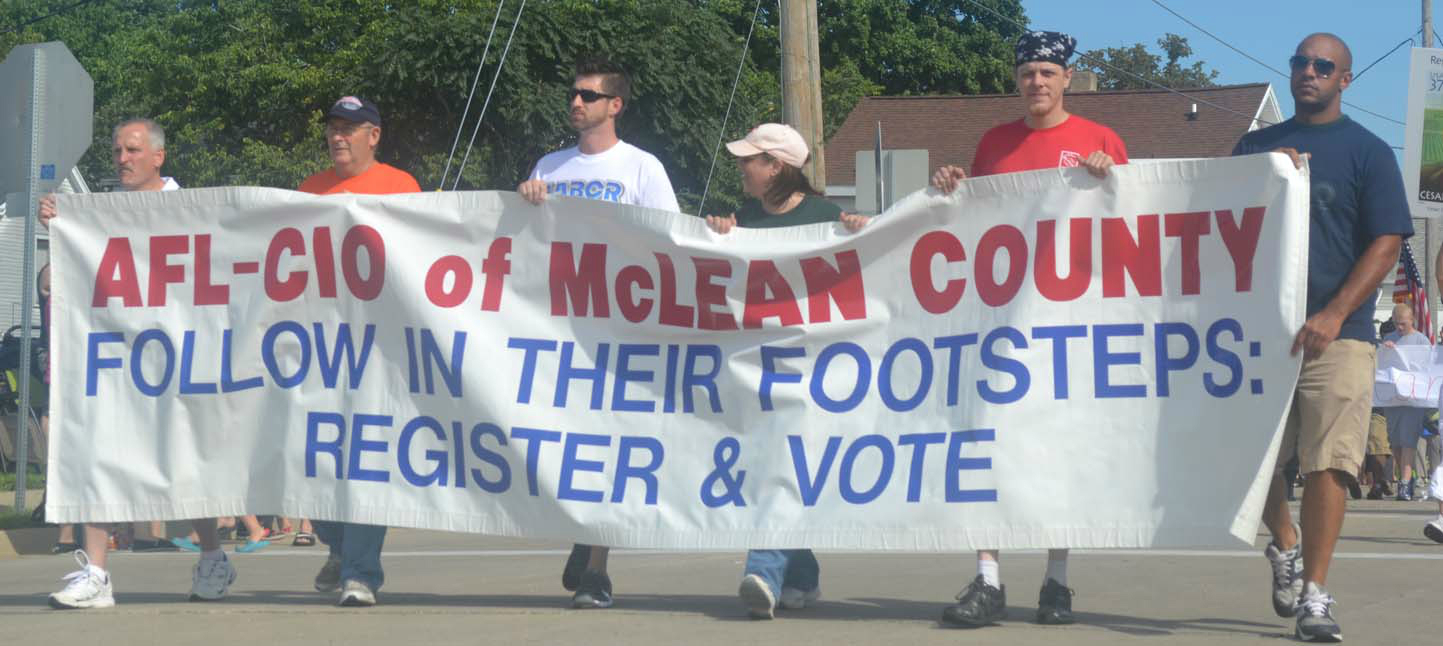|
America on Fire: The Untold History of Police Violence and Black Rebellion since the 1960s
By Elizabeth Hinton
W.W. Norton Publisher
On Monday night and in the early morning of Tuesday, July 30, Peoria Police and residents of the south side Taft Homes fought a running battle, with bottles, rocks and even a shotgun aimed at police, injuring rookie officer Al Misener.
The tension erupted after neighborhood youths were bombarding a tavern with bricks, bottles and firebombs. When the police arrived, the approximately 50 participants ran; police arrested 16-year-old Sirita Hines, pregnant, who claimed non-involvement. She charged she was treated roughly.
After Hines’ arrest, the crowd set up barricades on Southwest Adams Street, continuing to pelt passing cars with rocks and bottles. Seven police officers arrived to break the disturbance up and were fired upon with a shotgun, Misener sustaining the most injury. Soon 200 Peoria and county officers plus state troopers surrounded the Taft Homes for an all-night melee. A dusk to dawn curfew was instituted.
Two years later violence erupted again when two Taft tenants, Dorothy Johnson and again, Sarita Hines, were evicted for missed rent payments. Hines did not dispute but Johnson pulled a butcher knife on the officers. She was arrested and the police proceeded to move the evicted tenants’ belongings to the curb. Young people broke the locks and placed the furniture back in the apartments. The police returned and violence broke out again.
While Peoria Police battled in the Taft Homes in July 1968, similar incidents were taking place in Seattle, Washington and Gary and Muncie, Indiana.
After the early 1960s Civil Rights movement and promises of racial equality, many, especially white Americans, were mystified by the violence. Many questioned why neighborhoods, stores and public facilities were being ravaged and burnt. Were not people destroying their own neighborhood?
In her new book, America on Fire, Elizabeth Hinton claims the violence was not a “riot,” but a “rebellion,” against poor housing, inadequate schools and few jobs. A police confrontation was often the trigger igniting violence. The civil rights movement created opportunities for some who gained an education or better jobs, leaving the older, segregated neighborhoods and housing behind for poorer residents. Resentment grew against non-Black owned businesses, financially strapped housing authorities and especially against police tactics.
These rebellions were “political acts carried out in response to an unjust and repressive society,” Hinton writes. “This redefinition leads, necessarily, to an examination of the failures of the civil rights era, whose unfulfilled promises results in continuing poverty and skyrocketing imprisonment.”
Hinton meticulously documents confrontations not only in large urban centers, but smaller cities like Peoria, York and Harrisburg, Pennsylvania. Although President Lyndon Johnson promised a “War on Poverty,” in 1968 these urban insurrections launched a “War on Crime,” with increased financial support to police systems and higher incarceration rates.
Another Illinois city that features prominently in this book is Cairo, which the U.S. Census recently noted as having the highest U.S. population loss. Alexander County lost one-third of its people between 2010 and 2020. In the book’s thorough treatment of Cairo, continued white vigilante attacks on the African-American community led to a multi-year battle. When white businesses refused to diversify their hiring the stores were boycotted, eventually shutting their doors. Cairo was a unique story in the book, as the African-American residents were overtly targeted by law enforcement and sustained attacks from the white community.
This is not an easy book to read. The civil rights story conjures uplift and a more welcoming nation. Yet there are Americans who feel trapped, with police action and high incarceration rates often leading to a violent reaction.
After George Floyd’s 2020 death, Black Lives Matter emerged as a powerful movement. What most struck Hinton was how inter-racial that movement was, centered on systemic change, and in 95 percent of the demonstration, non-violent.
“The 2020 demonstrations revealed that racial justice champions, environmental activists, LGBTQ-rights advocates and labor unions appear to be stitching together a new coalition,” Hinton writes. “Another even more recent shift is that … some public officials and police officers participated in the demonstrations to express support for the anti-racist cause.”
These past few years have put racial issues, particularly the concept of systematic racism, in the national discussion. Hinton’s book assists the reader in conjuring the depth of resentment, rebellion, provocative police reactions and failed promises that led us to this crossroads.
|



